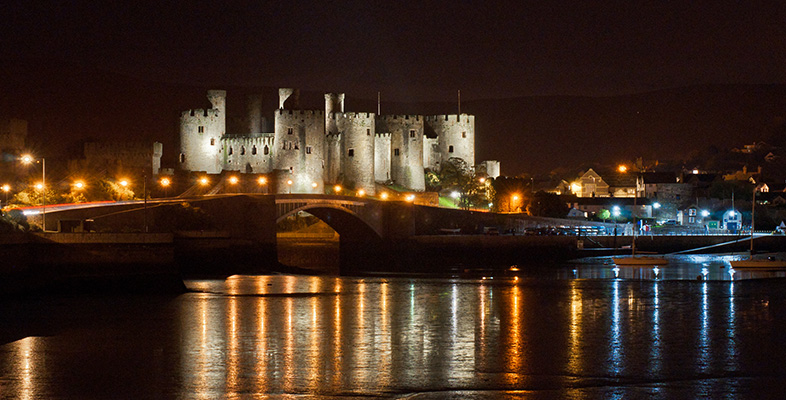2 Place and belonging
Graham Day
Writing this section led me to make several train journeys from Bangor in north Wales to the capital city, Cardiff. The trip takes a few hours, travelling to begin with along the north Wales coast within touching distance of the very different seaside resorts of Llandudno, Rhyl and Prestatyn. Much of the rest of the time the route follows the Welsh/English border, via a string of historic English and Welsh market towns, through splendid country scenery and landscapes. Eventually you arrive in the large south Wales cities of Newport and then Cardiff. Almost invariably when I talk to people in Cardiff about the journey I have just made, they comment that they themselves have rarely or never actually been to the north of the country. Crossing Wales like this, a comparatively short distance of around 230 miles, means encountering some major variations in the histories, conditions and experiences of different places and people. Depending on where it is viewed from, Wales can look a very different place.
Although a small country, Wales is diverse, and at times divided by its social, cultural and political, as well as geographical, differences.
This section examines some of the main regional variations in Wales.
Activity 3
Think about what you already know about Wales, and how it is divided up into different kinds of places and communities.
What key differences come to mind?
How far does your own familiarity with Wales stretch – are there parts of Wales you know and understand very well?
Are there other parts you don’t know much about, which fall outside your ‘mental map’?
Why is this?
Discussion
My own answer would include the fact that some parts of Wales are strongly Welsh-speaking, while elsewhere the English language is far more dominant. There are also some noticeable regional variations in speech and accent. Much of Wales is rural and thinly populated, with areas of near wilderness and great natural beauty. But there are also places with a remarkable history of industrial development, as well as decline. There are pockets of considerable prosperity, with investment in some exciting new architectural and environmental developments, along with well-known black spots of deprivation, poverty and neglect. There are historic town centres, and places well- known for aspects of Welsh heritage, but also many new housing and industrial estates, shopping centres, and places apparently without much character at all. Having spent most of my life living in rural north and west Wales, personally I am less familiar with industrial south Wales and the Valleys, which may influence the way I see the country as a whole.
Although a small country, Wales displays considerable diversity, in terms of:
- geographical and physical variation
- social and historical development
- differences of relative prosperity and deprivation.
In this section you will consider how the sense of ‘being Welsh’ may differ across the various regions of Wales.
